Lifestyle Shoots
This type of shoot is all about capturing natural and real moments. Your images should tell a story and want the viewer to feel connected to the products and talent you are photographing. Achieve this by making sure your models act naturally and are engaged in the actions you are trying to capture.
Pay attention to the details. Wardrobe immediately tells you the time of year, age, and social status of the people in the shots. The same applies to location and props. Every element you include in your images should have a purpose and add more context to your images. Be clean and intentional.
Keep the following in mind when shooting lifestyle based briefs.
Checklist
- Scout models
- Scout a location
- Propose multiple options for each model if possible to the client to pick from
- Propose location to client for approval
Lighting
Check the creative spec for the type of lighting that is needed. Some briefs will require the use of natural light; others may ask you to use strobes or a mix of both.
When lighting a scene for lifestyle photography, you need to make sure that your models, products, and location are perfectly lit. If you are working with natural light, take advantage of bounce cards and reflectors to direct light and fill dark areas. Scrims can help you tone down harsh sunlight or hot spots.
If you are using artificial lighting, make sure to create an authentic atmosphere. The viewer should not be aware that you are using artificial lighting!
Useful modifiers to consider on set:
Bounce cards
These can help to fill in dark areas and shadows by blocking or reflecting light.
Reflectors with Different Surfaces
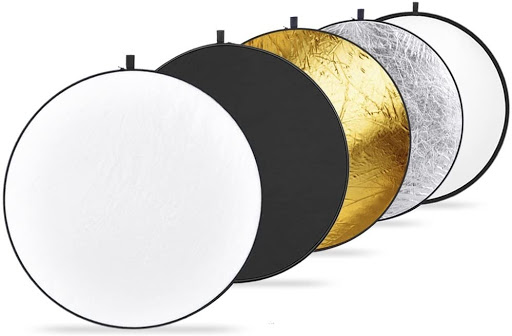
Reflector/ Bounce Card
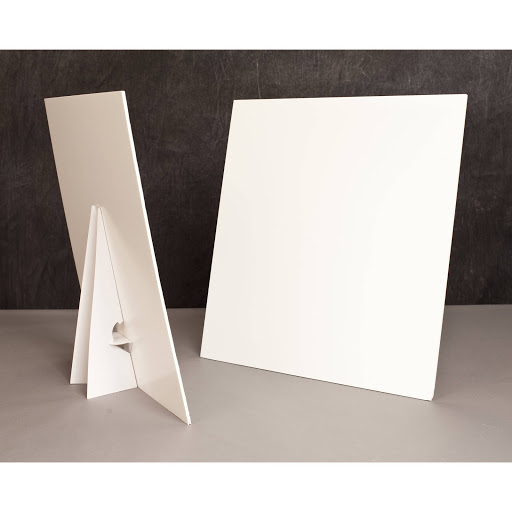
Scrims
This modifier can help you reduce the harshness and intensity of light. It can be used with natural or artificial lighting.
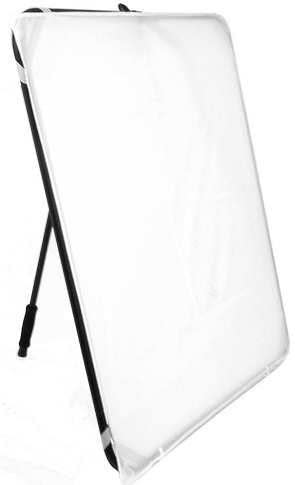
Softboxes/Umbrellas
Used with strobes or speedlights, you can control and direct the light exactly where you need it. It can also be used to fill in shadows, highlight areas, and add catchlights.
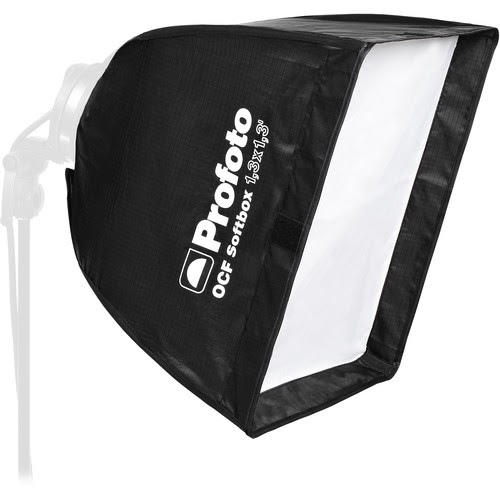 .
. 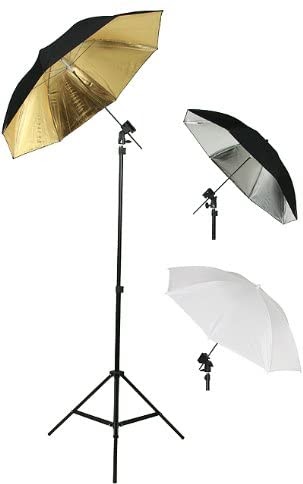
Location
It is always a very good habit to scout the location you plan to shoot - ideally checking it out a few days in advance. Taking shots of the areas will help you with composition and lighting and hint toward what kind of equipment you might need. Note the time of day you do your scout compared to the time of day of your shoot. Does this alter the gear that is needed on the day of the shoot?
If you cannot get access to your location before the shoot, find images of the place online and use sun-tracking apps to tell you where the sun will be at any specific time and place.
Composition
Be mindful of your composition, especially with lifestyle shoots where you have multiple models and products within the frame. Compose the shot before talent is on set. Take a look through the viewfinder and pay close attention to everything that you are seeing. Make sure there are no distracting elements in the background or foreground.
When shooting a product, arrange your frame, so the eye of the viewer is directed towards the product. The product should be the hero or supportive-hero of the image. Each shot should tell a story.
Background
This is the location where you are shooting or a set in a studio.
Make sure no elements are interfering visually with your models or product. Be mindful of doors, entryways, lamps, plants, or any other features that could be distracting.
Tips:
- Depending on the client and their needs, they may ask for a shallow depth of field, meaning the main subject's background is blurred out.
- Utilize this to give the viewer context clues on how the product is used.
Examples:
Neutral Depth of Field
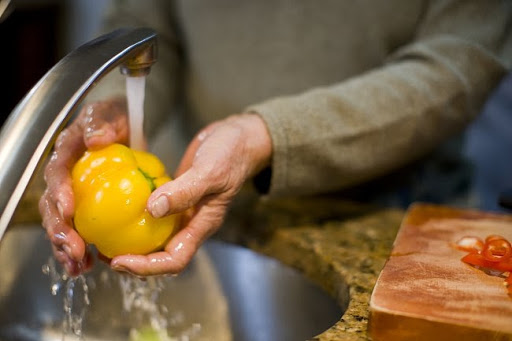
Shallow Depth of Field

(You can see the person chopping food in the background).
Surfaces
Wipe down and clean all surfaces, double-checking that they are free of clutter, do not have scratches, marks, or dust.
Talent
When sourcing talent, make sure they are professional. They need to be able to follow direction and criticism.
If you are reaching out to your immediate network or posting a casting call, we recommend that you plan on outlining what the shoot entails without naming the client or product, the hopes of the outcome, and what is expected from the talent the day of the shoot. Mention the usage rights, potential shoot date, the payment terms, and any other details related to the shoot.
Always have a chat with talent before booking them on the shoot to explain what you plan to shoot to ensure that you get the best results and check to see if you two can successfully work together on set.
Tip: Create a call sheet for pre-production and the production day. This document will inform anyone that is partaking in the shoot what to expect, contact information, where they need to go, breaks, lunch, and wrap up time of the shoot.
Your call sheet should contain the following info:
- Name, date, and time of the shoot
- Location: Where is it? How to get there? Parking?
- Start time: What time are the crew and talent expected to be on set?
- Schedule: Include a shot list, with breaks and wrap up time
- Contact info: Include contact info from everybody on the team. This is very helpful when someone needs to get in touch with you or any other team member.
- Include details on how talent should arrive on set.
Feel free to use our template here!
Props
The creative spec will inform you what kind of props you will need for the shoot. Source them right away, make sure the props align with the brief's style and/or theme, and follow the client's brand guidelines. Avoid props with recognizable branding or logos - visible brands other than the clients might be a copyright infringement. Save yourself later retouching logos in all of your images!
Tips:
- If ever photographing laptops, phones, computer monitors, please make sure to remove all logos.
- If you ever photograph screens, photograph them with a black screen unless specified.
Product
Lifestyle product photography is about showing the client's product in context and real-world situations. Make sure products are properly styled, in good condition, and with their labels and branding legible. Avoid blocking them with other elements or props. Make sure they are tack sharp!
Pay close attention to the product notes in the creative spec, which has been reviewed and approved by the client, as this will give you a clear idea of how they want their products to look.
Wardrobe
If you are not working with a stylist, you might have to ask your models to bring the correct pieces of clothing for the shoot. Ask your talent to send you photos of the wardrobe they plan to bring, including two alternatives per outfit. This way, you will have the option to review them beforehand and avoid shooting day issues.
Avoid using items with logos, branding, or recognizable features. Make sure clothes are wrinkle-free; it is always a good idea to have a steamer/iron and lint rollers on set. Watch out for chipped nail polish and hair elastics on wrists!